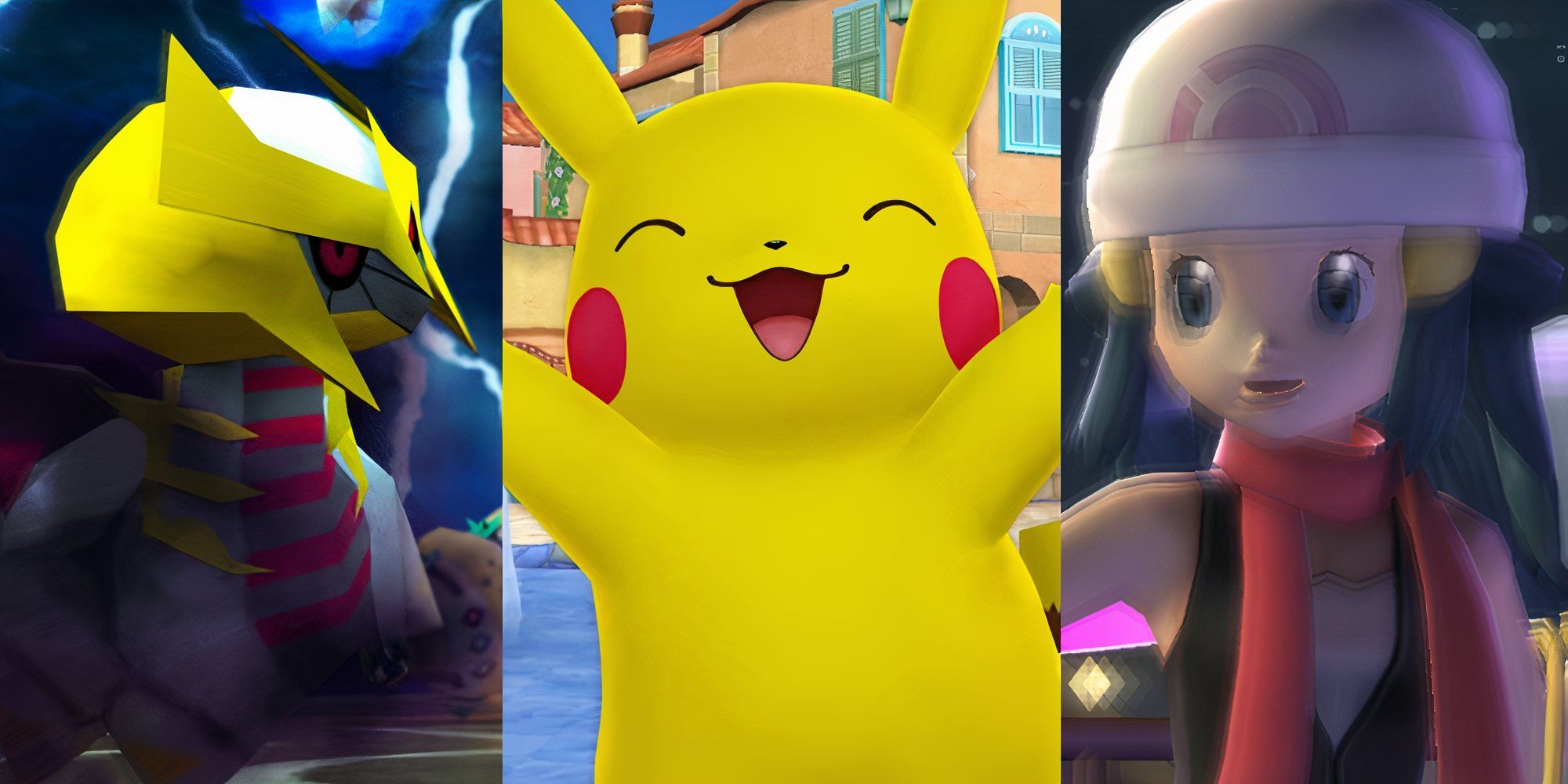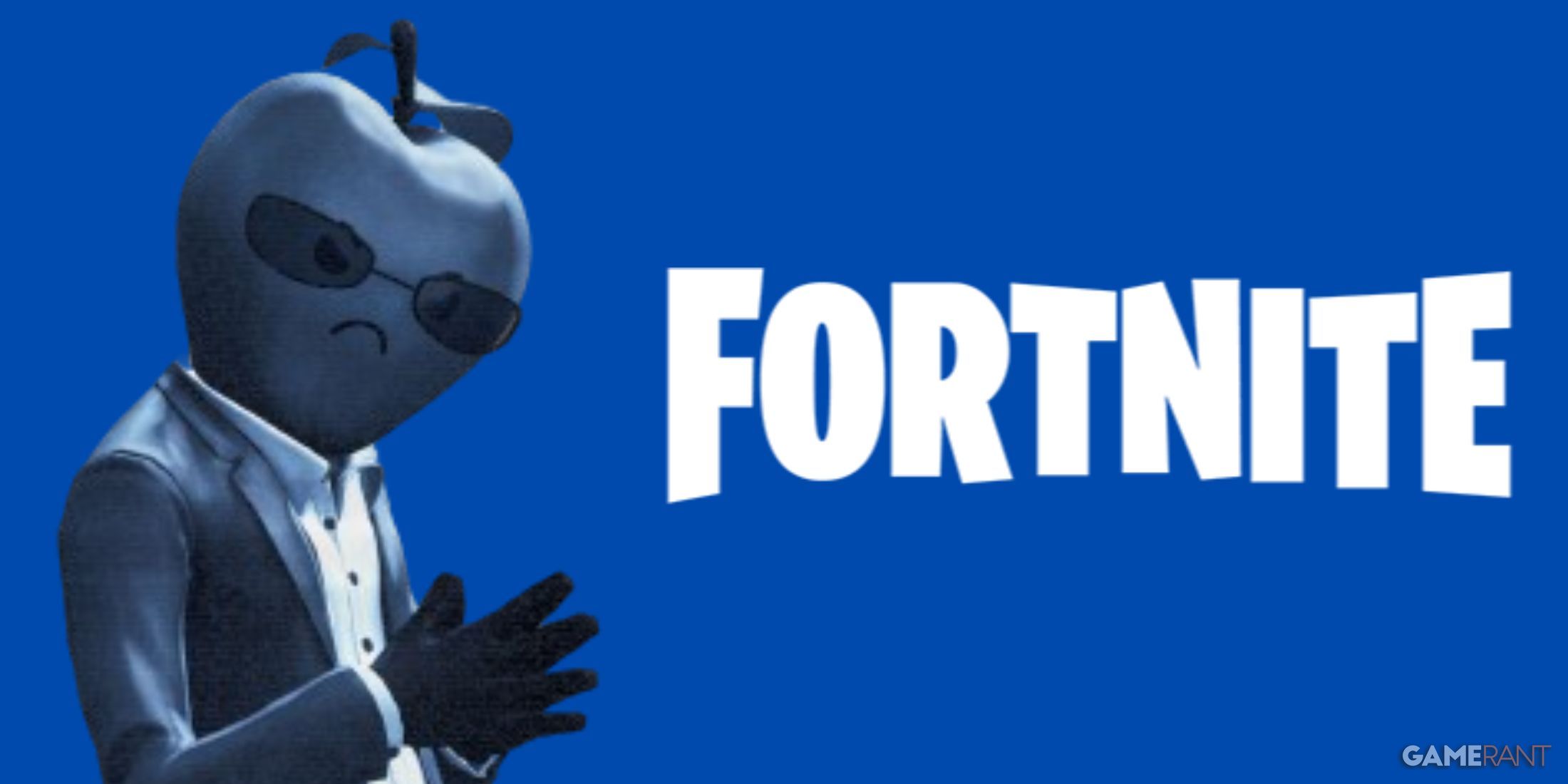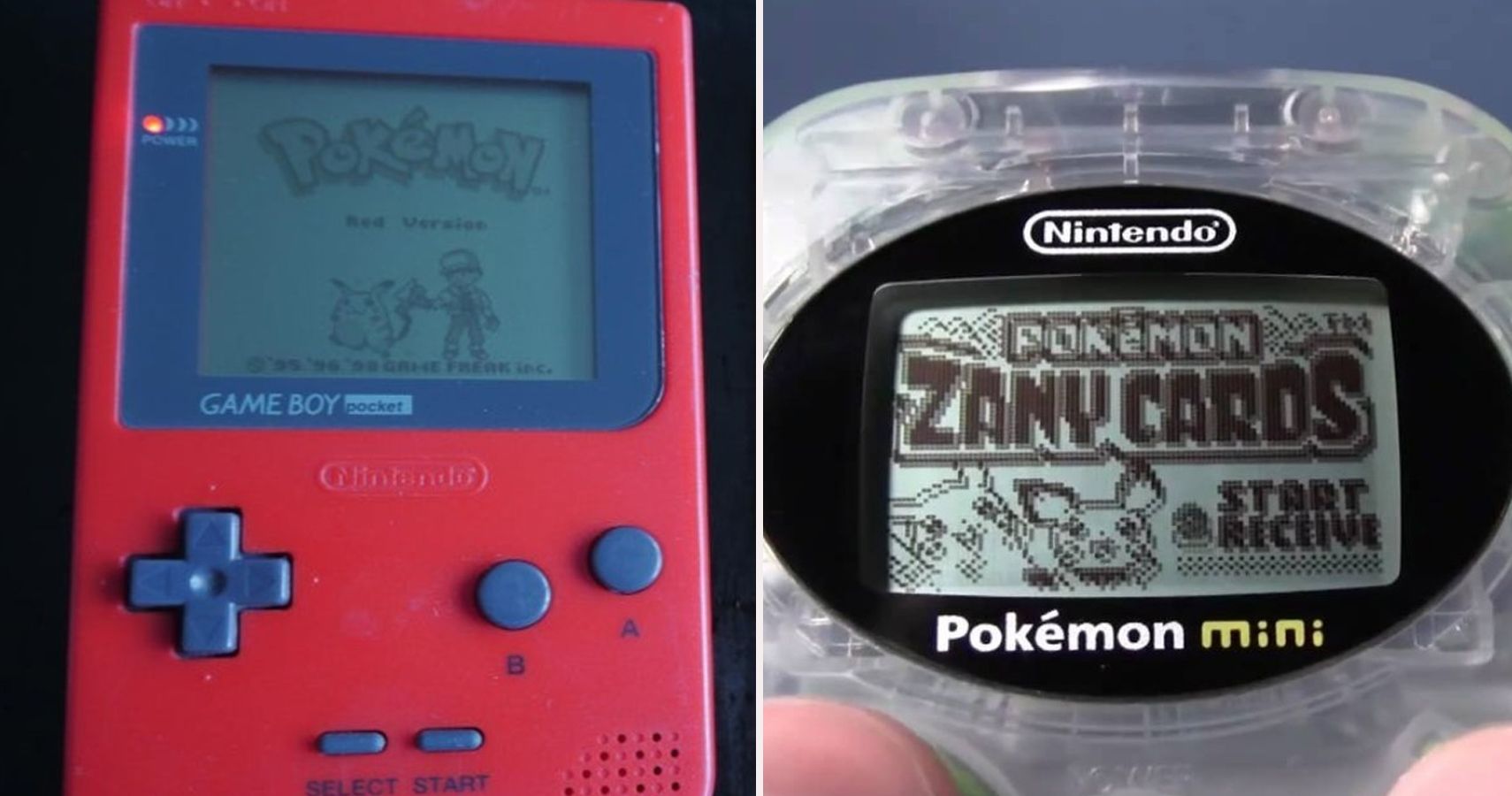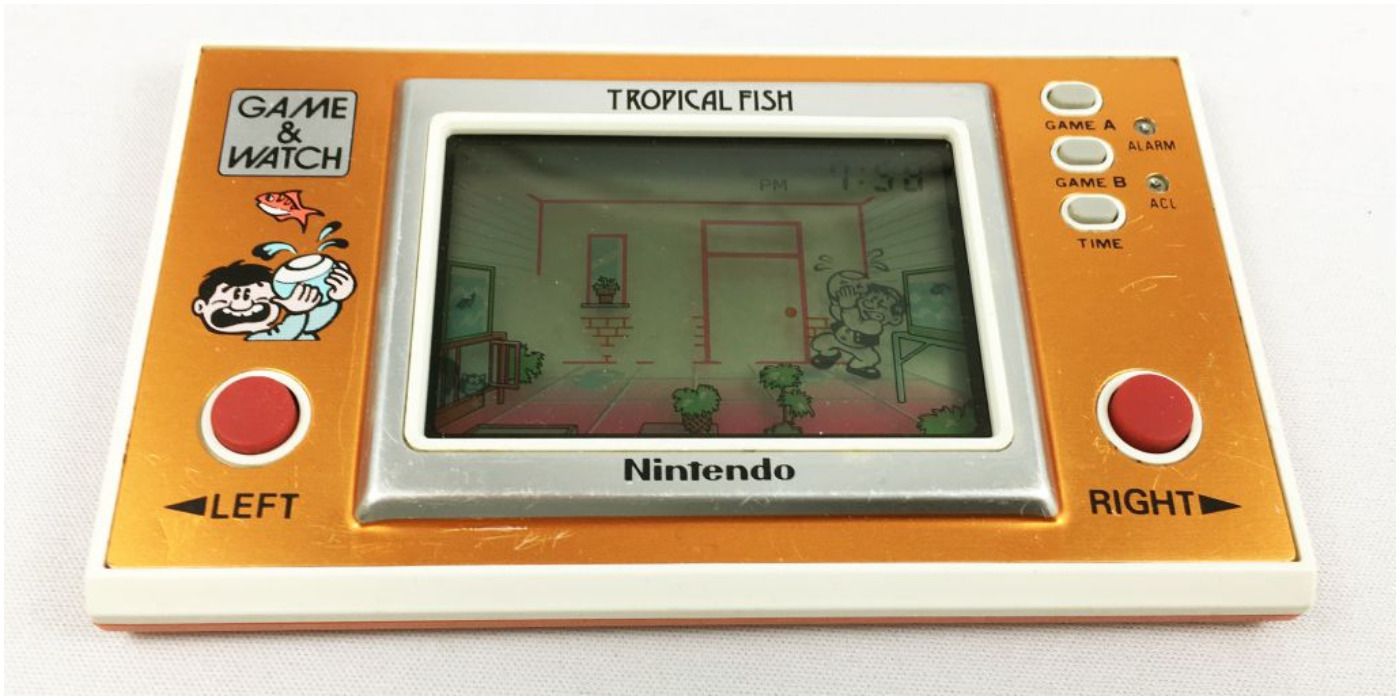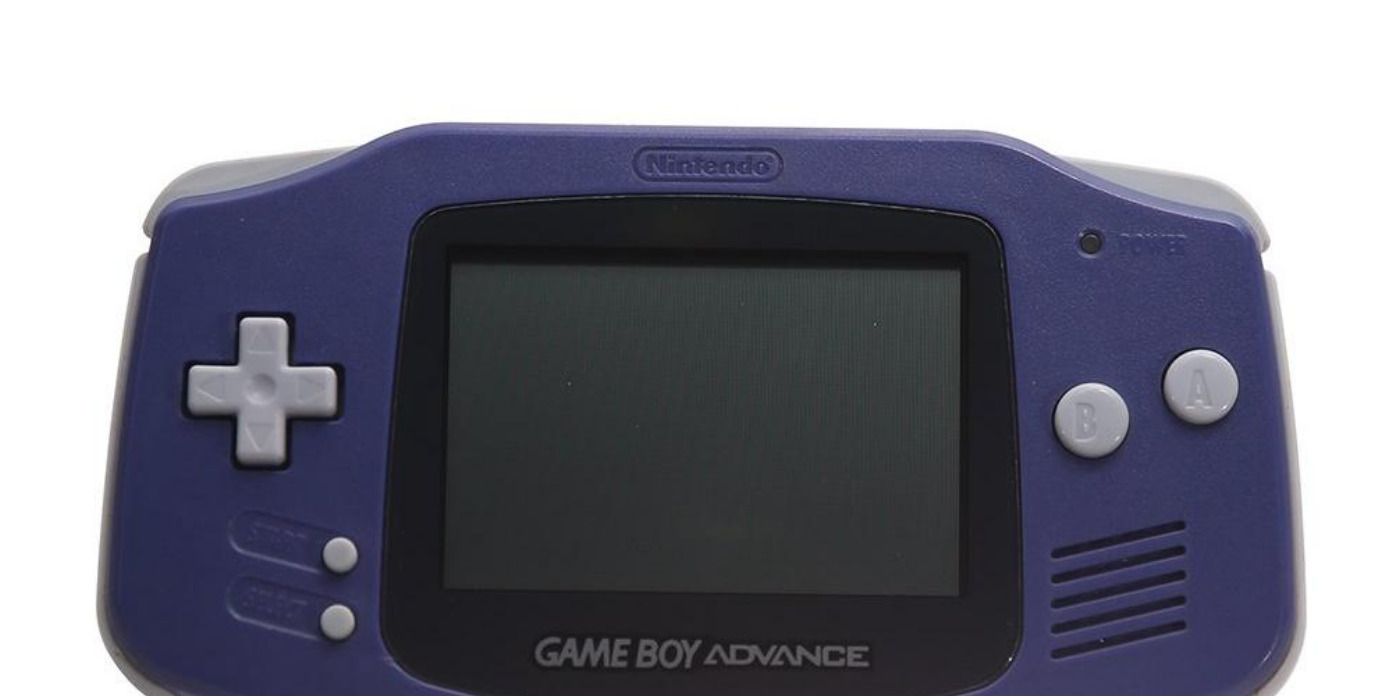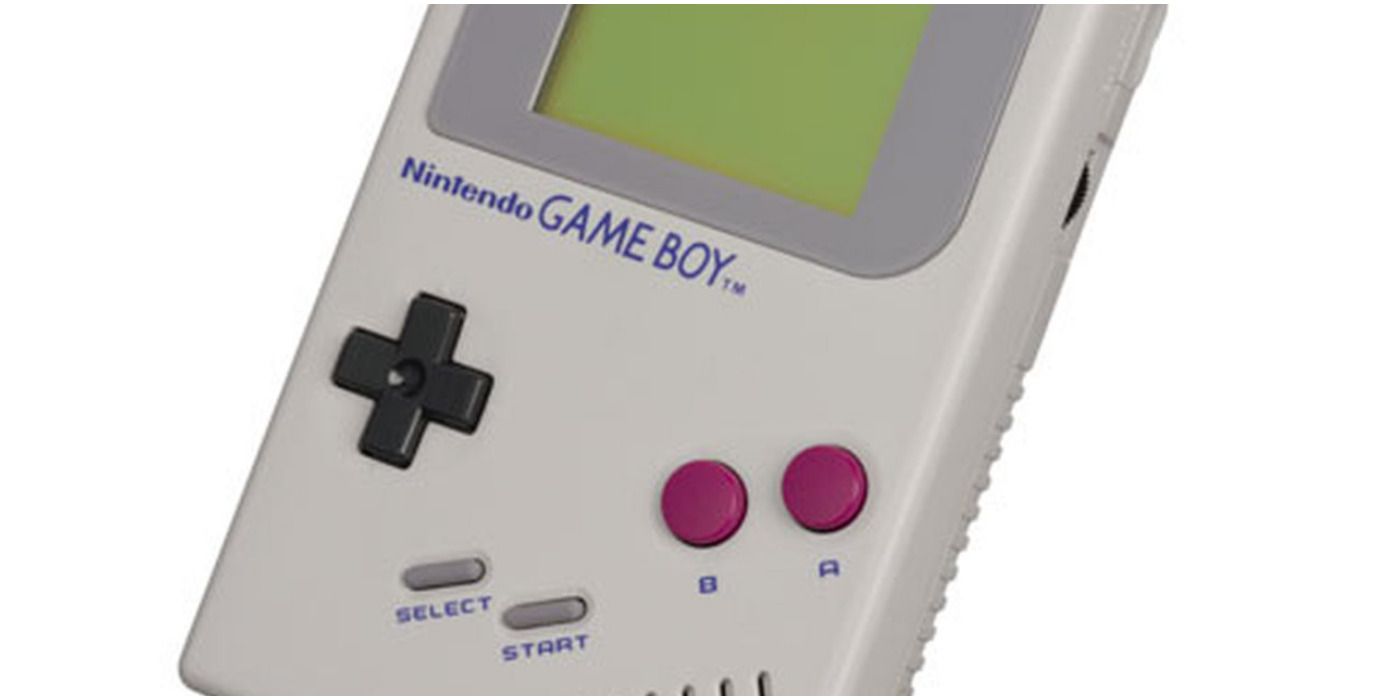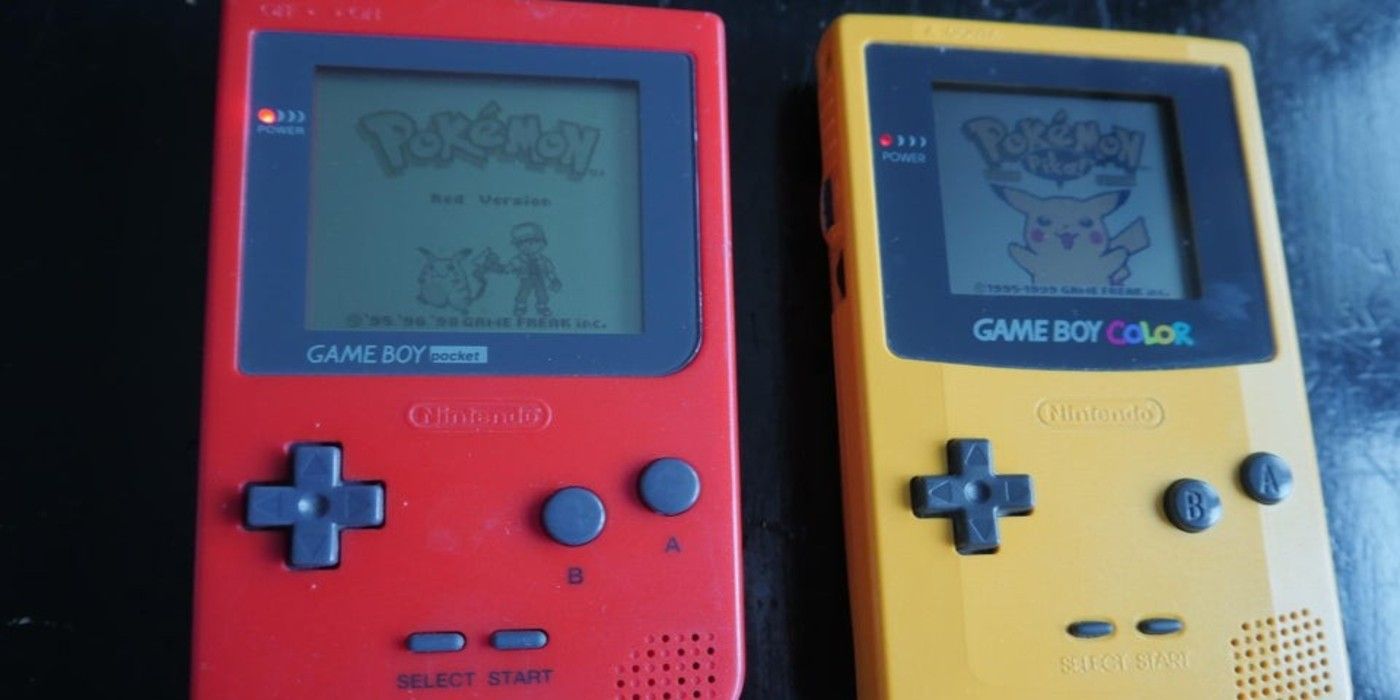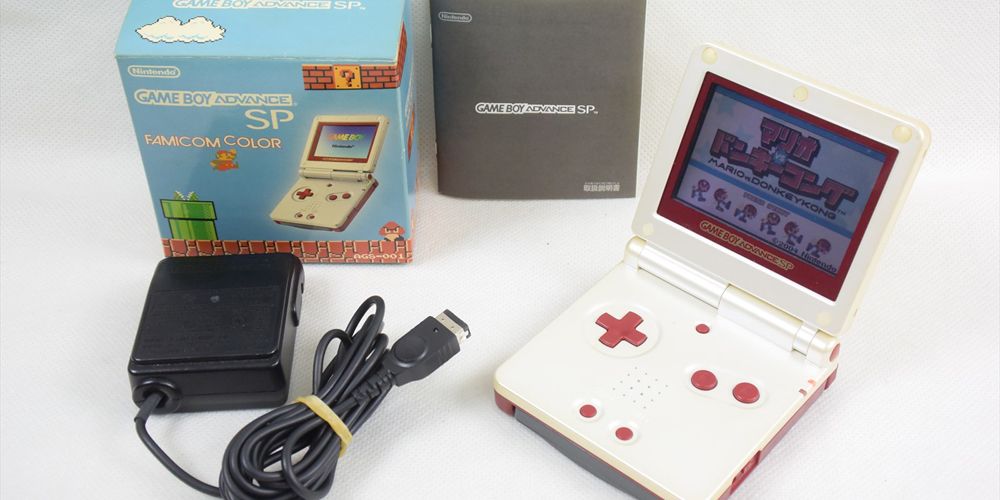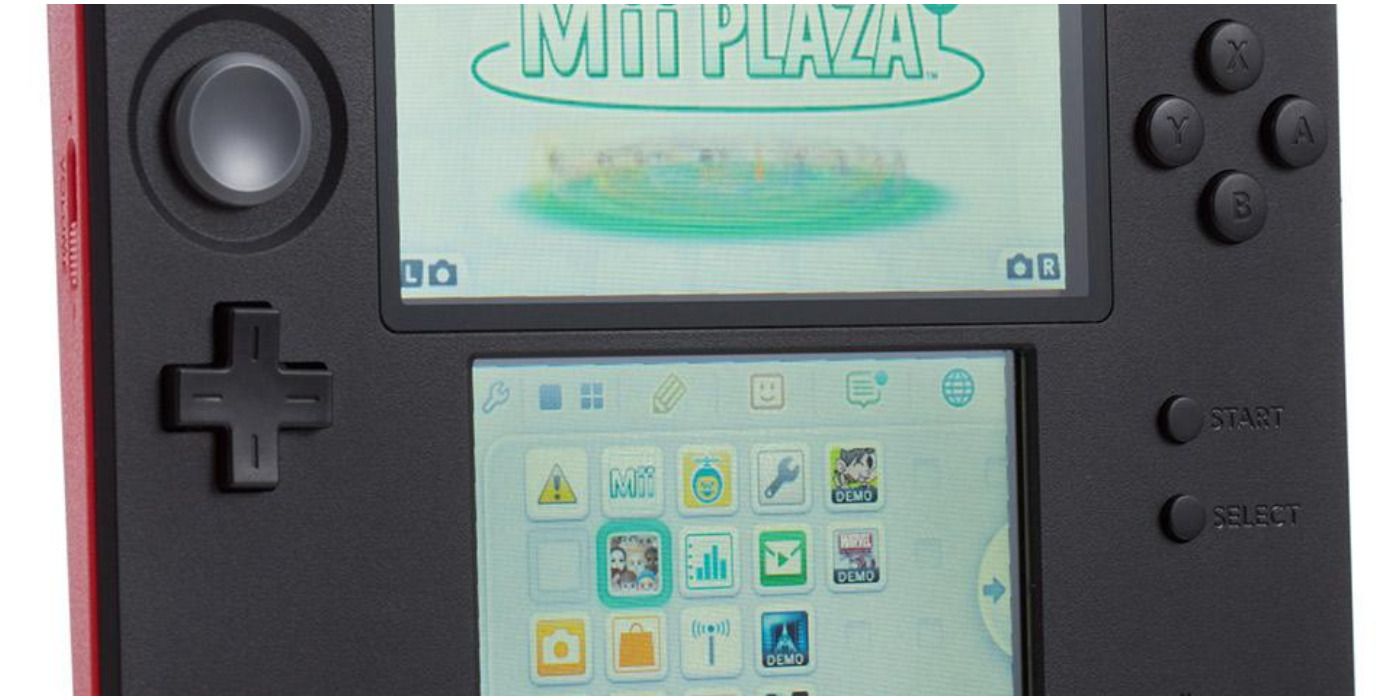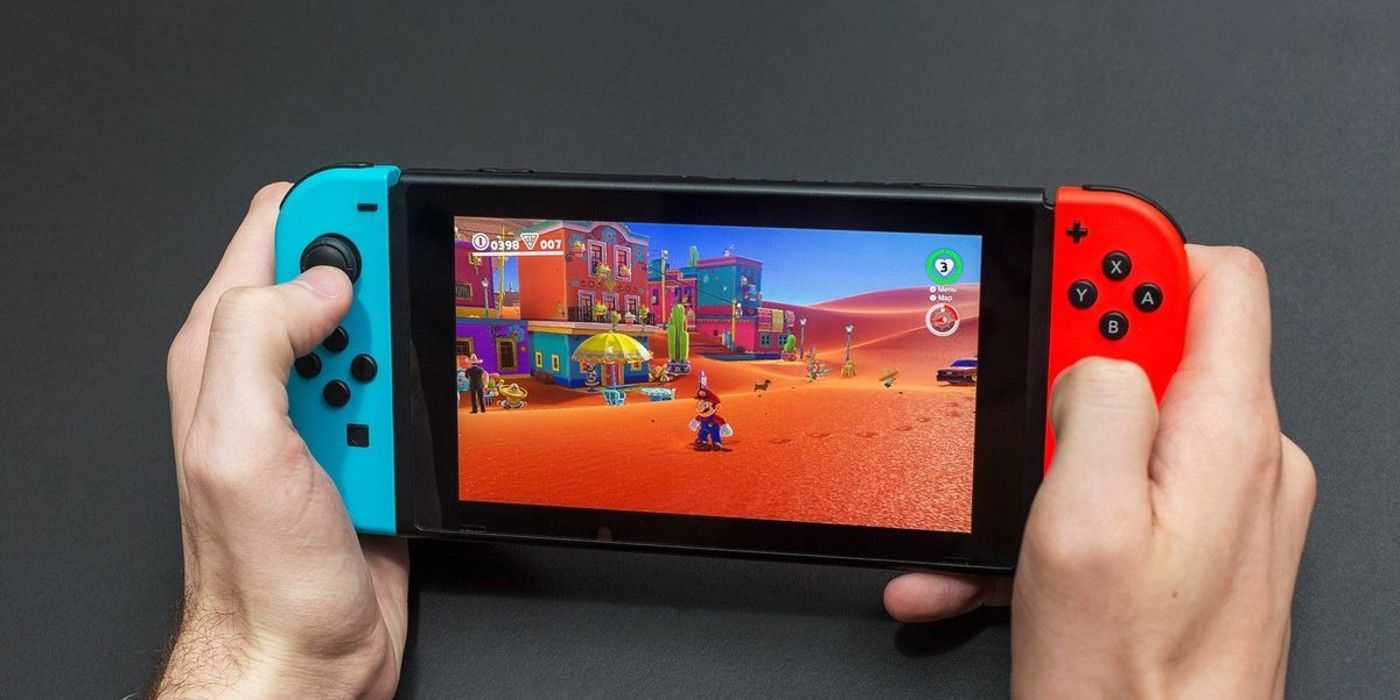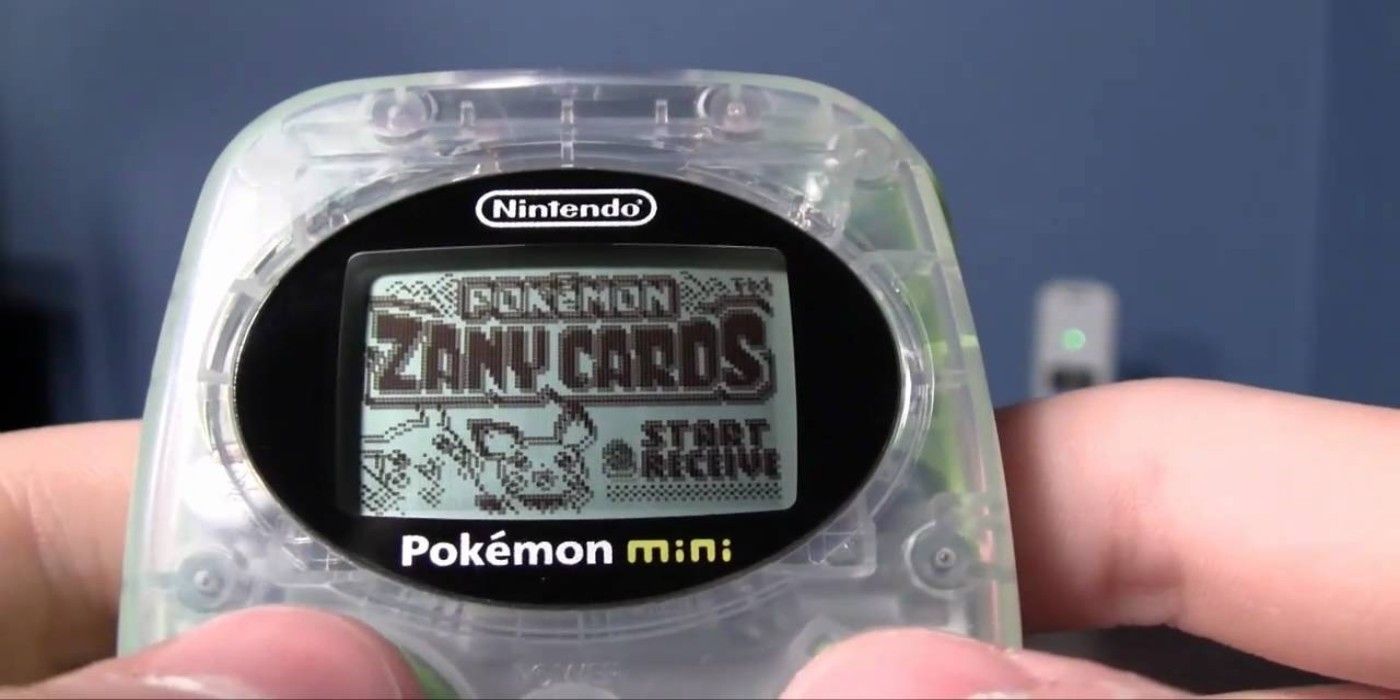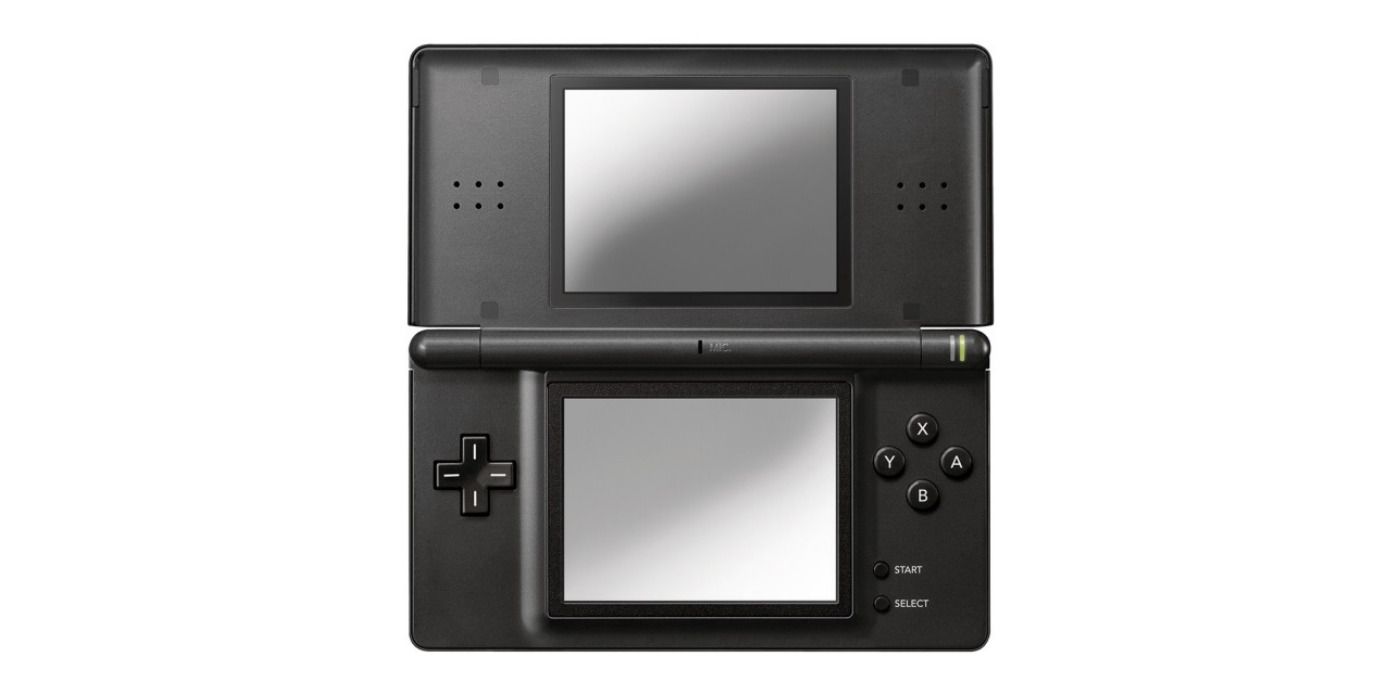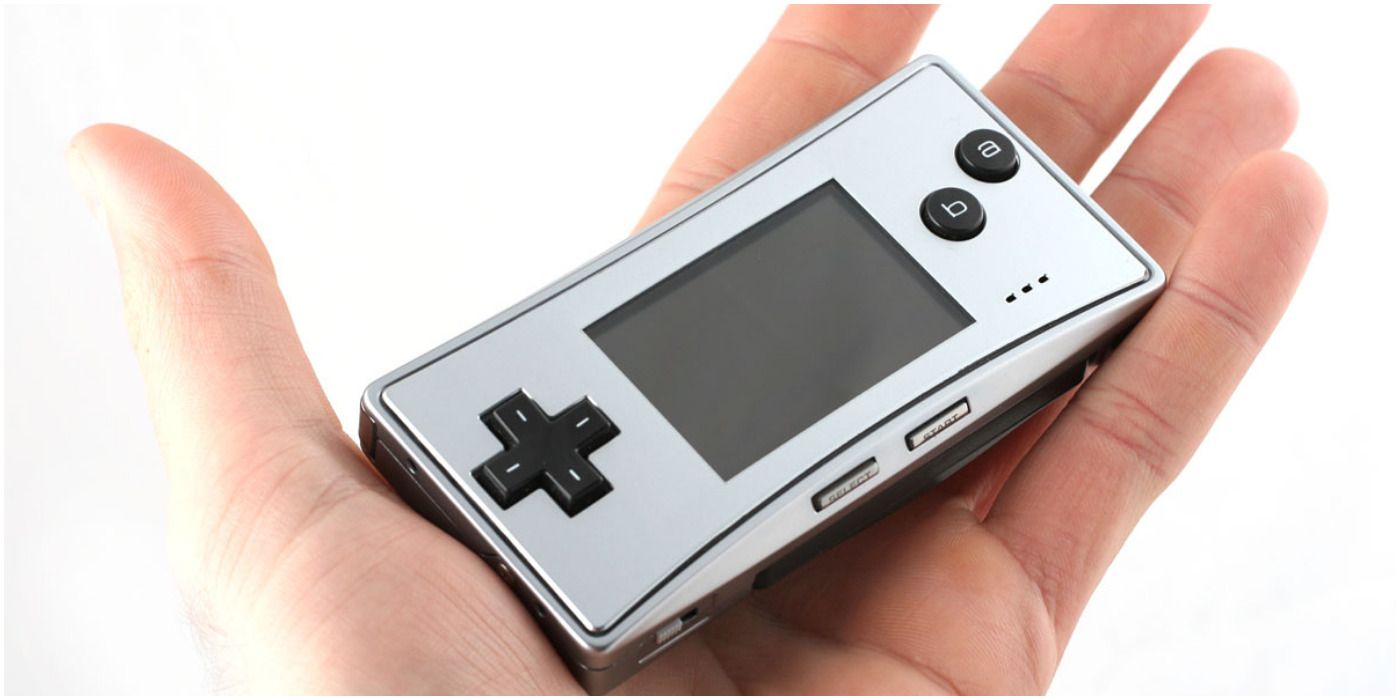Besides its slew of colorful, enjoyable game franchises, Nintendo is probably best known for its array of handheld devices. Sleek, solid, and often innovative, the Big N has established itself as the manufacturer when it comes to great handheld game machines. There is no shortage of great devices to choose from, dating all the way back to its ground-breaking Game & Watch gadgets from 1980. Yet, as you'd expect from a company that's spent decades pushing boundaries and trying new things, there are at least a handful of odd designs and general misfires on the handheld front.
Whatever the reason, whether it be a cumbersome design, lack of games, or lack of useful features, some of these gaming gadgets just didn't quite cut it. With that said, let's cover four decades of Nintendo's handheld history as we look at their five greatest handheld consoles, as well as their five worst.
10 Best: Game & Watch
While it may seem pretty archaic to modern eyes, in the early '80s, the idea of playing games on a handheld device was almost incomprehensible. You had a few originators like the Microvision from Milton Bradley, and the Mattel Electronic Football from the late 70s, but these dot-based gadgets were so minimal that they barely qualified as games.
Nintendo's Game & Watch was the first time a variety of games with any real sense of depth could be played on the go. The innovative multi-screen design would also serve as the inspiration and foundation for the far more modern DS line of consoles. In a sense, the Big N somewhat went full-circle back to this classic device.
9 Worst: Original GBA
As we've done with the prior entry, it makes sense to look at this hardware in the context of the time period, since gaming tech accelerates and shifts at a pretty rapid rate. Still, even for the standards of 2001, the original GBA design was a tad lackluster, and wouldn't really see a great improvement until the follow-up SP model. While it was neat to finally play decent looking GB games in true color, its SNES-style sprites were still a bit underwhelming given its 32-bit processor.
This static, rectangular design wasn't too ideal for travel, as its exposed screen made it susceptible to scratching. The lack of a backlight meant you had to play this in a well-lit area and find the right angle for your games to truly pop or even be seen well.
8 Best: Game Boy
Again, the old "brick design" that comprises the original Game Boy model might look ancient in the year 2020, but one can't deny the revolutionary nature of this thing. Similar to the NES or original Playstation on the home console front, this device largely helped redefine handheld gaming.
And while its grey and green display hasn't aged spectacularly, its tank-like durability and huge lineup of classic games certainly has. It's tough to discredit any machine that's home to iconic software like Tetris, Super Mario Land, and Pokémon Red & Blue. Basically, there's a reason this handheld managed to sell strongly for over a decade.
7 Worst: Game Boy Pocket
Don't get us wrong - it's not that there's anything particularly wrong with the Game Boy Pocket. Yet, the fact that many gamers seem to have forgotten about this thing amidst so many more cool platforms should tip you off to something. Basically, this device just didn't quite do enough to justify its existence, being only a marginal step up from the original Game Boy.
Sure, it was smaller, more compact, and displayed slightly crisper visuals, but considering it sported the same outdated GB hardware, and wasn't even in color, this felt like a pretty tepid redesign at best. The GBC would also quickly render this thing useless.
6 Best: Game Boy Advance SP
There have been quite a few redesigns just amongst the GBA line itself. You had the initial rectangular model and the eventual leap to the clamshell SP. This was eventually refined and retooled to near-perfection, as Nintendo released a new model with a brighter and crisper backlit screen compared to the fuzzier front-lit one. Regardless of which version you ended up though, this really felt like the definitive way to play Game Boy.
In addition to playing all the GBA games in their prettiest, most vibrant form, this was also compatible with both GB and GBC software. With its compact nature and responsive buttons, this handy little device just felt great to play.
5 Worst: Original 2DS
While the original 3DS was pretty neat technologically, it received a bit of criticism for the occasionally eye-straining 3D visuals and its somewhat steep price tag.
Enter the 2DS - the device meant to mitigate these issues. While it was nice enough playing these 3DS games in a simpler (not to mention cheaper) form, they couldn't have chosen a less appealing, more off-putting design. Its bulky nature, coupled with the slanted slab shape, makes this tough to carry around in addition to looking pretty ugly. It also comes laced with poorer sound quality and worse battery life than its more sophisticated counterparts.
It was obviously meant to cater to a younger demographic, but regardless, it felt like a step back on many levels.
4 Best: Switch
Nintendo's latest console also happens to be one of its greatest handheld devices, thanks to its unique features, great library, and its hybrid nature. The ability to instantly shift from home console to handheld device is impressive, as is its rapidly-growing library of memorable software.
While it's obviously outmatched in terms of horsepower on the home console front, this is one of the most sophisticated and powerful handheld gaming devices on the market today. The fact that you can play everything from Tetris to The Witcher 3 on this thing speaks to how versatile and appealing it is.
The recently-released Switch Lite also offers a cheaper, slightly more convenient way to play Switch, but it's tough to top the original with all its bells and whistles, including the ability to interchange controller inputs.
3 Worst: Pokemon Mini
The fact that even many Nintendo fans don't know about this cheap Pokémon cash-in attempt should demonstrate how mediocre it is. Sure, if you're a Pokémon fan, there's a good chance you would have gotten a kick out of it in short bursts. Yet, one can't help but wonder what the point was in releasing a handheld gadget as small and minimal as a Tamagotchi or a Dreamcast VMU.
It's tough to get too engaged or immersed into a handheld so tiny that it could be fastened to a key chain. At least it had interchangeable carts, though these were limited to a handful of cheap, shallow Pokémon-themed games. It was particularly primitive, considering it came out in 2001-2002.
2 Best: DS Lite
This was truly a game-changer for Nintendo when it released in 2006, serving as a notable improvement of the original clunker from '04.
It was a difficult choice to make whether to slot the Switch or the DS Lite into the number one spot. Yet, at least until the Switch's library grows and strengthens even more, this revolutionary machine from the Big N gets the nod. Simply put, there's a reason this charming little device is Nintendo's top-selling consoleever.
It's got just about everything going on, from the sleek, glossy finish, to its handy and sturdy clamshell design to its awesome library - strengthened by GBA backward compatibility. The dual screens and touch screen offered a fresh, intuitive new way to experience games. The lineup was particularly diverse too, spanning from mass-market favorites like Nintendogs to more core experiences like Castlevania: Order of Ecclesia.
1 Worst: Game Boy Micro
The reveal of this tiny Game Boy model felt pretty bizarre and unnecessary, especially given that the exciting new Nintendo DS had already released. Considering GBA was starting to become old news by 2005, how could one get excited for a downgraded variant whose only real benefit was that it was more portable?
Aside from the absence of backward compatibility, the 2-inch screen made playing the more complex games an eye-straining, cumbersome chore. But hey - at least you could carry this thing around in small pockets, if you didn't happen to misplace it first!

